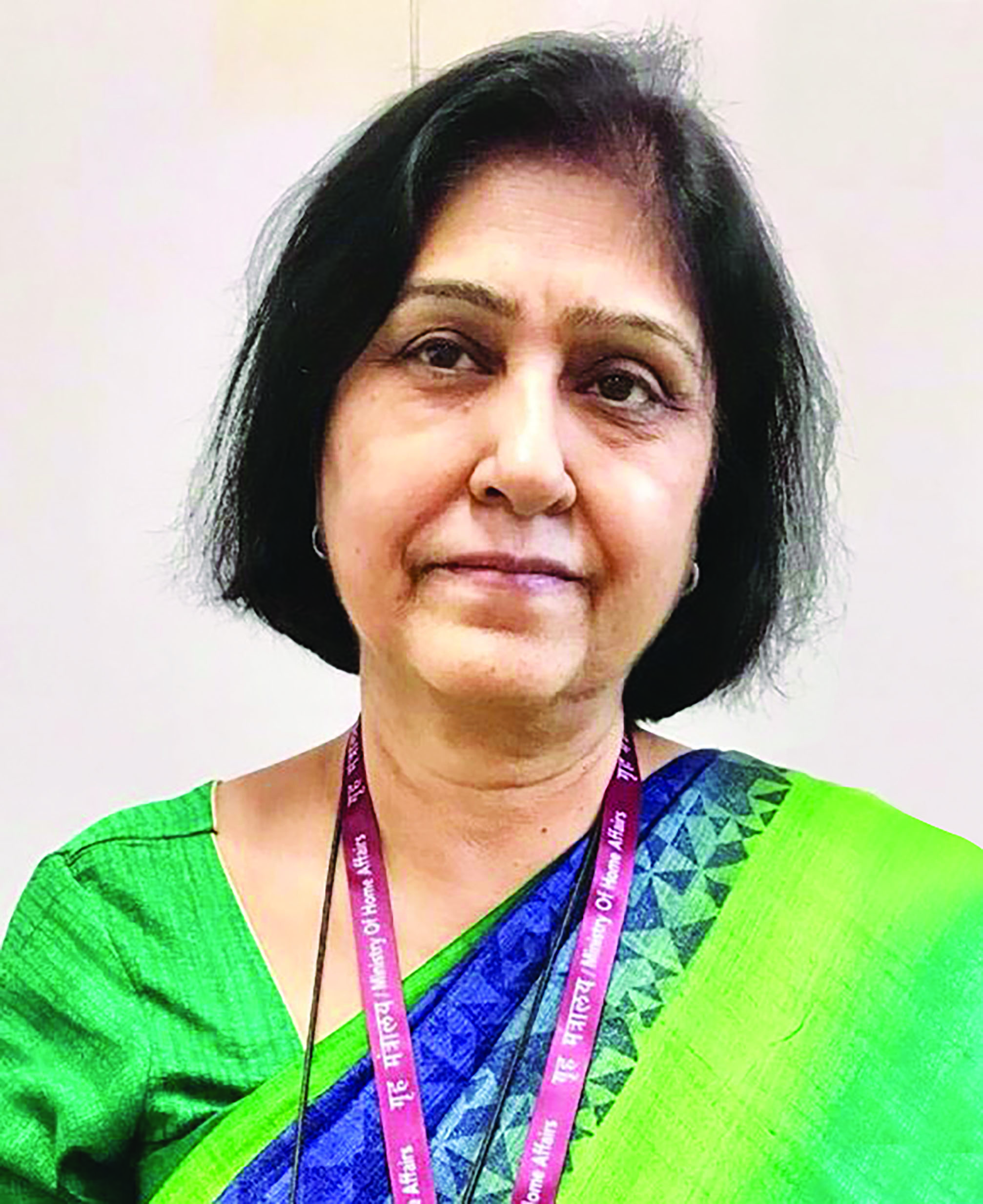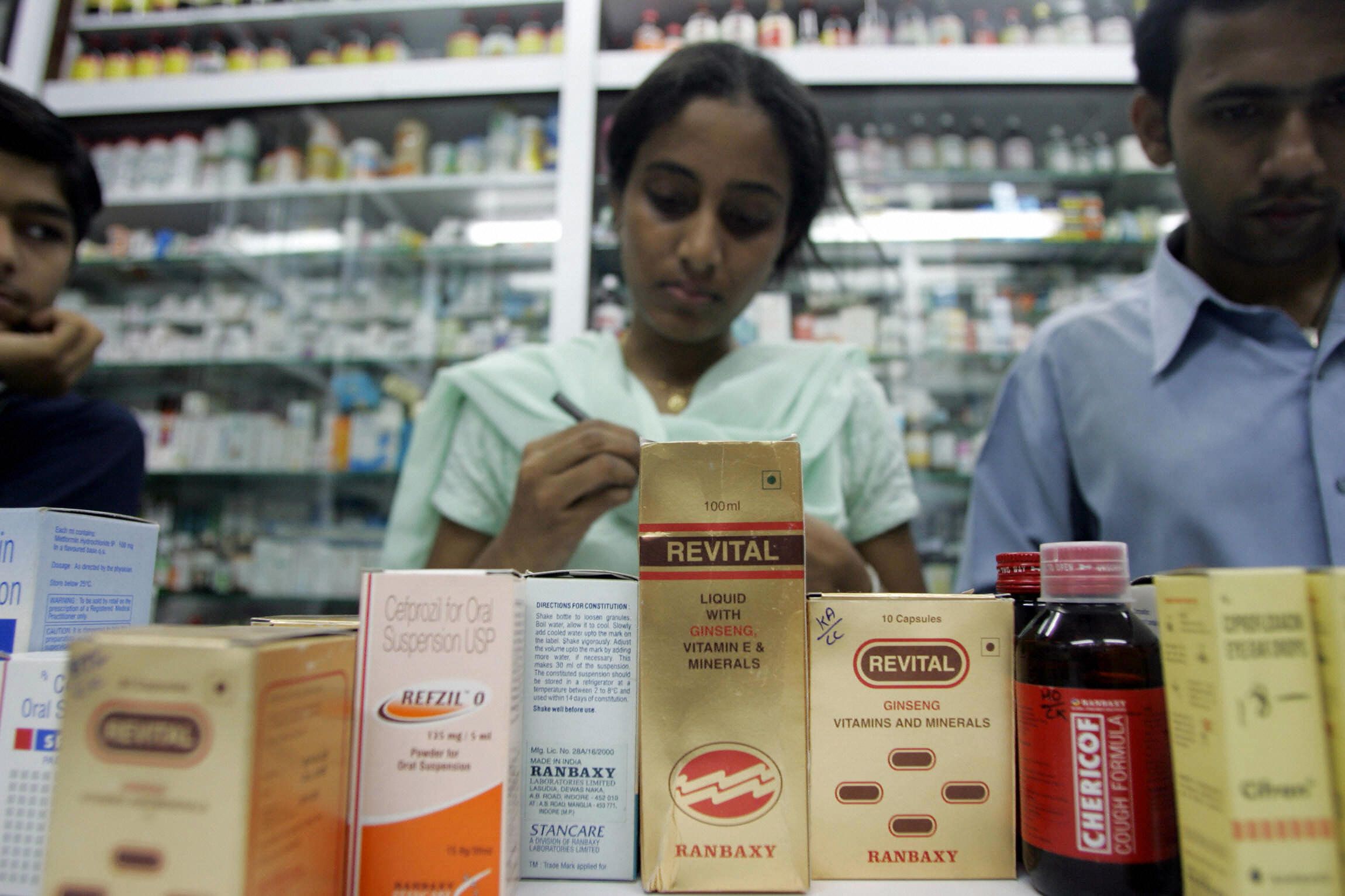Breaking the Brand Barrier
The NMC has mandated a shift to generic medicines through its Professional Conduct Regulations. Doctors writing prescriptions are now required to prioritise generics over pricey branded drugs, with non-compliance risking a 30-day licence suspension.
By Dr Suneela Garg & Dr Arvind Garg


The National Medical Commission has unveiled transformative guidelines through its latest NMC Registered Medical Practitioner (RMP) Professional Conduct Regulations, 2023, signalling a pivotal shift in India’s healthcare landscape. These regulations champion rational prescription practices and the widespread adoption of generic medicines, aiming to enhance affordability and access to quality care. A dedicated section titled “Generic Medicine and Prescription Guidelines” serves as the backbone of this initiative, providing a detailed framework and a model prescription template to guide doctors. This section mandates that healthcare providers prioritise generic prescriptions over branded ones, with non-compliance potentially leading to a licence suspension of up to 30 days.

With India’s out-of-pocket spending on medications constituting a significant portion of healthcare costs, and generic medicines offering savings of 30 to 80 per cent compared to branded drugs, this policy underscores a bold move toward equitable health services, reflecting the NMC’s resolute commitment to elevating healthcare standards, alleviating the financial burden on patients, and empowering doctors to lead a cost-effective healthcare revolution.

Understanding Generic vs. Branded Medicines
At the heart of this shift lies the distinction between generic and branded medicines, a debate central to the NMC’s guidelines. Generic medicines, defined as drug products comparable to brand or reference-listed drugs in dosage form, strength, route of administration, quality, performance characteristics, and intended use, provide the same therapeutic benefits at a lower cost. Their generic name, also known as the non-proprietary or approved name, is recognised by regulatory authorities, ensuring a standardised identity free from corporate branding.
In contrast, branded medicines are patented formulations marketed under a company’s trademark, often commanding premium prices due to research, development, and marketing costs. Branded generic drugs, manufactured after a patent expires and sold under various company names, occupy a middle ground—cheaper than original branded versions but costlier than bulk-manufactured generics, with less regulatory control over their pricing. This cost disparity is critical in India, where high medication expenses drive families into financial hardship, making the preference for generics a game-changer for accessibility.

Economic and Accessibility Advantages of Generics
The economic rationale for favouring generic medicines is undeniable. India’s out-of-pocket expenditure on healthcare, with medications accounting for a major share, places an immense burden on households, particularly in rural and low-income areas. Generic medicines, being 30 to 80 per cent cheaper, offer a lifeline, reducing costs without compromising efficacy, as validated by bioequivalence studies required for their approval. For instance, a generic version of a common antihypertensive drug might cost `10 per tablet compared to `50 for its branded counterpart, translating to substantial savings over a treatment course.
The NMC’s push for generics aligns with global health equity goals, encouraging purchases from Jan Aushadhi Kendras and other generic outlets, which stock these affordable alternatives. This not only improves access for millions but also fosters a healthcare system where quality care is not a privilege but a right, supported by the guideline’s emphasis on stocking generics in hospitals and pharmacies.
Clinical Considerations and Prescription Practices
While the economic benefits are clear, clinical considerations also shape the generic versus branded debate. The NMC guidelines direct doctors to prescribe using generic or non-proprietary names, except in cases with a narrow therapeutic index or biosimilars, where branded precision may be necessary. This ensures rational and optimal prescribing, avoiding overprescribing or underprescribing that could lead to drug interactions or ineffective treatment. Fixed-dose combinations, if approved and rational, are permitted judiciously, but the guidelines caution against over-reliance on branded generics, which may lack the cost benefits of true generics.
Doctors are tasked with ensuring prescribed generics are market-available and accessible, educating patients on their equivalence to branded drugs, and leveraging tools like typed, legible prescriptions in full capitals to minimise errors. This clinical rigor, combined with the 30-day suspension penalty for non-compliance, reinforces a disciplined approach, balancing cost savings with patient safety.
Challenges and Opportunities in Adoption
Despite the advantages, transitioning from branded to generic medicines faces challenges. Patient and physician trust in generics can be low due to perceptions of inferior quality, despite regulatory assurances, and the pharmaceutical industry’s marketing of branded drugs often sways prescribing habits. Variability in generic manufacturing quality, though monitored, remains a concern, necessitating stringent oversight.
However, opportunities abound: training MBBS and postgraduate students in generic prescribing, as mandated by the NMC, builds a future-ready workforce. Public awareness campaigns can dispel myths, while collaboration with Jan Aushadhi Kendras expands distribution networks. The model prescription template standardises practice, and participation in generic medicine promotion programs can shift industry dynamics, creating a healthcare ecosystem where generics thrive alongside allopathic innovation, ensuring affordability without sacrificing efficacy.

These progressive regulations position India as a pioneer in affordable healthcare, reshaping doctor-patient interactions by encouraging discussions on cost-effective options. The NMC’s enforcement of generic prioritisation, backed by a potential 30-day licence suspension, underscores a commitment to patient welfare, promising a future where quality care is accessible to all, irrespective of economic status.
(The authors are Chair, Program Advisory Committee (November 2021–February 2025), National Institute of Health & Family Welfare / Senior Child Specialist, Apollo Hospital, New Delhi)

